erex Group has been promoting environmental initiatives in order to realize its 2030 vision "To Realize a Sustainable Society—to become a pioneer in the new era of electric power with renewable energy at its core". We have set a goal of contributing to reductions of 25 million t-CO2 by 2030, and are proceeding with the operation of biomass power plants and the development of biomass fuels in Japan and overseas.

Disclosure based on TCFD recommendations
We have expressed support for the recommendations made by the Task Force on Climate-Related Financial Disclosures (TCFD). We will take this opportunity to reaffirm the impact that business activities have on the environment and will work to enhance information disclosure. Led by the Sustainability Committee, we will actively work toward carbon neutrality and work together with our stakeholders to realize a sustainable society.

Ensuring Sustainability in Biomass Fuels
erex, which handles biomass fuel derived from renewable organisms, has obtained third-party certification for the traceability and legality of fuel production, manufacturing, processing, and transportation processes. All five biomass power plants currently in operation in Japan have obtained GGL certification, accelerating the promotion of sustainable biomass power generation business.
Examples of Other Initiatives
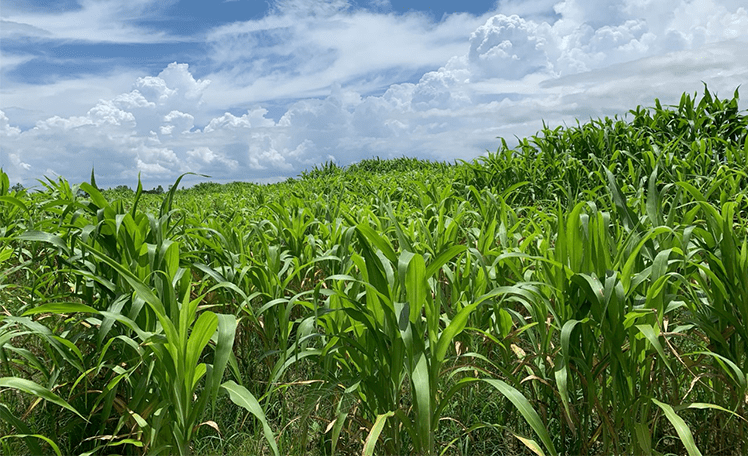

From a sustainability perspective, we are developing new fuels. One of them is new sorghum. New sorghum is a tall grass similar to sugarcane that is characterized by its fast growth and low cost cultivation. By cultivating this new sorghum efficiently and processing it so that it can be easily used as fuel, it can be used as a fuel for power generation, which can significantly reduce life cycle GHG emissions including cultivation, processing, transportation, and power generation compared to coal.
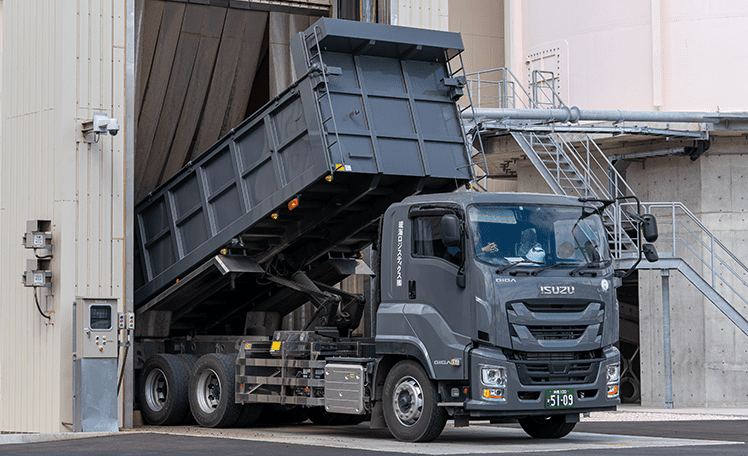

When transporting biomass fuel to power plants, we use custom-built covered trucks with sealed structures to prevent dust from scattering during transport.
We have installed exhaust gas treatment equipment at our power plants as an effort to control emissions of air pollutants (dust, Sox, and NOx).
We also regularly conduct exhaust gas measurements in accordance with legal standards.
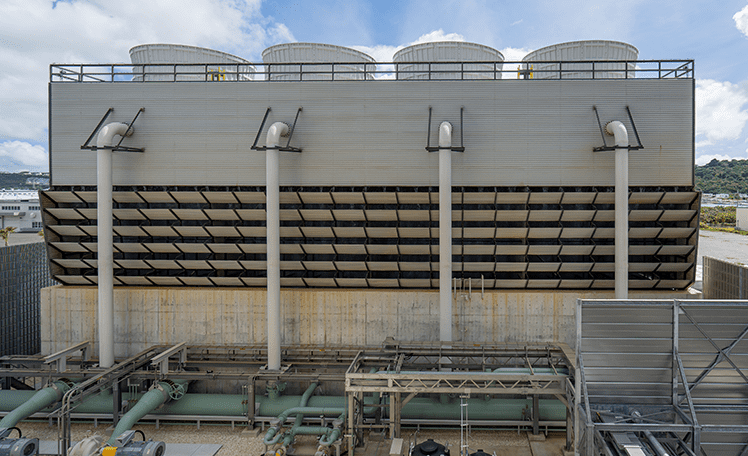

As part of our efforts to preserve water quality, Nakagusuku Biomass Power Plant uses industrial water instead of seawater as cooling water. The industrial water that has been used is treated with sewage before being discharged into the sea, thereby preventing the temperature of the surrounding seawater from rising, in order to preserve the environment of Okinawa's seas.
Regarding water usage, we manage water intake/discharge data, reuse cooling water, and measure and monitor water intake as part of efforts to control water intake.
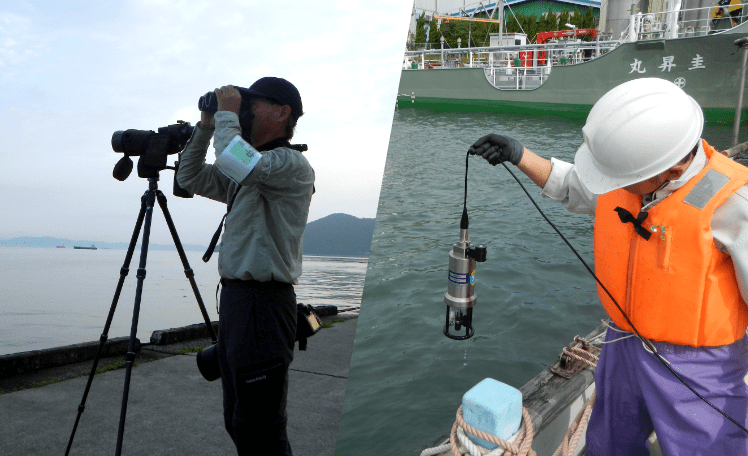

We conduct environmental assessments with the aim of preventing pollution and destruction of nature due to the construction and operation of power generation facilities. We evaluate the environmental impact by conducting ecological surveys of flora and fauna, and utilize this information in design and construction. In addition, we procure fuel that has been certified by third-party organizations to prevent ecosystem destruction caused by slash-and-burn agriculture, illegal logging, etc.
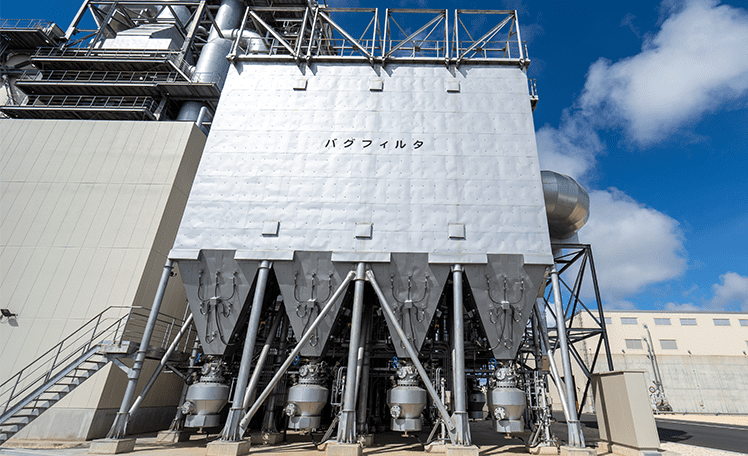

Equipment called bag filters are installed to remove fine ash contained in the exhaust from power plants. We pay attention to this matter in order to ensure that there is no impact on the environment outside the power plant or on human safety.
In addition, we are making effective use of waste, such as collecting all of the ash produced by burning PKS, granulating it, and reusing it as raw material for cements, in an effort to preserve the environment. These cements are also used as building materials for some public works projects.
